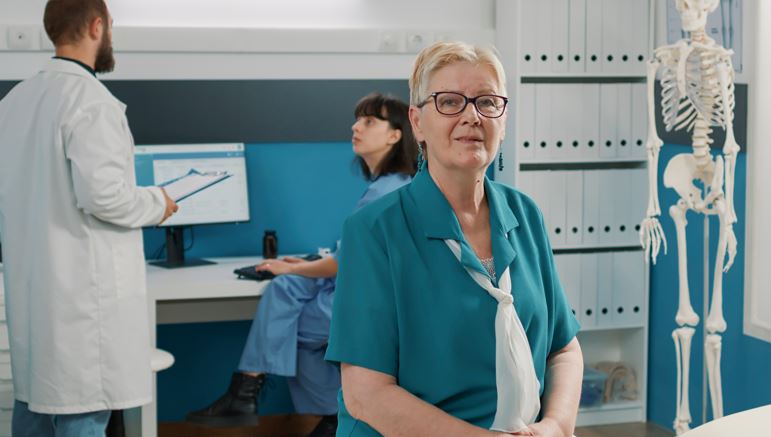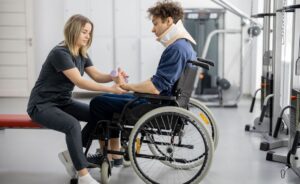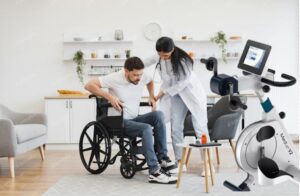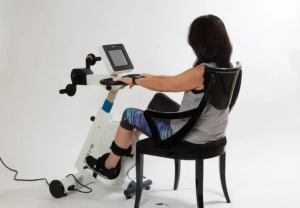
When the body is faced with an injury or illness that reduces its ability to function, it is important to adopt a musculoskeletal rehabilitation routine as soon as possible. The reduced mobility and range of motion that is inherent with an injury like this is best treated with a routine that includes therapeutic movement and exercise that pushes the patient, but not so far that the injury is exasperated.
What is musculoskeletal rehabilitation?
The term musculoskeletal refers to anything to do with the body’s muscles, tendons, ligaments, cartilage, joints and bones.
Following a disease, injury or illness the body may struggle to regain normal function in parts of the musculoskeletal system. This is often able to be addressed through a program of rehabilitation that targets these injured parts. This doctor-supervised program uses muscle therapy and exercise to help reduce symptoms and improve the patient’s ability to function.
As soon as possible following a disease, injury or illness a patient should be introduced to a musculoskeletal rehabilitation routine in order to help reduce the effects of immobilization and inactivity.
What conditions may benefit from musculoskeletal rehab?
There are a number of conditions that can benefit from musculoskeletal rehabilitation. While this list isn’t exhaustive, it gives a good idea of what kinds of injuries are included in this category.
- Repetitive stress injuries like carpal tunnel or tendonitis
- Tendon tears (such as in the Achilles tendon or rotator cuff)
- Sprains, strains, fractures and dislocations
- Back pain and injury
- Arthritis or osteoporosis
- Amputation
- Joint replacement or injury
How does a cycle trainer support musculoskeletal rehabilitation?
An advanced cycle trainer provides significant support for a variety of different musculoskeletal injuries. The portability of the unit means that anyone is able to use it to help improve their mobility, whether at home or on site at a rehab facility. Whether the injury is upper or lower body, the adaptability of the MedUp V2 cycle trainer is sure to provide the user with some relief from their symptoms.

Using a cycle trainer for the doctor recommended time each day can improve range of motion and flexibility, prevent muscle spasms and stiffness and improve muscle strength. With adjustable resistance and multiple training modes, the user is able to create a routine that works within their abilities.
Benefits of including a cycle trainer
There are a number of benefits that come with incorporating an at-home cycle trainer in a musculoskeletal rehabilitation routine, including:
Adjustable to the user
The MedUp V2 comes with 4 training modes that allow the user to adjust the resistance of the cycle. With multiple options for fully motor driven to no motor support at all, the user is encouraged to push their limits during rehab, without causing themselves more stress and harm.
Great for at home rehabilitation
Designed to be used in a variety of settings, the MedUp V2 is perfect for both home and clinical use. The maneuverable unit means it can be rolled out of the way when not in use, making it ideal to use at home.
Customized rehab plan
With a variety of training modes, the user is able to customize their rehab plan to suit their needs each day. As recovery progresses the patient is able to adjust the training modes to target their specific needs.
Target specific muscle groups
Thanks to both upper and lower body cycle trainers being available on the MedUp V2, the user can focus their rehab plan on the muscles and joints that need the work.
Musculoskeletal rehabilitation is important
After any kind of injury, disease or illness that affects a person’s muscles, joints, bones or tendons, it is essential to do the work in order to regain function and mobility. Without a strong rehabilitation routine, the patient may struggle to fully regain their function and mobility, and they may have to deal with symptoms for longer than they should.
Incorporating a cycle trainer into a musculoskeletal rehab plan is a great way to reduce symptoms and improve movement, without stressing the system too much.




